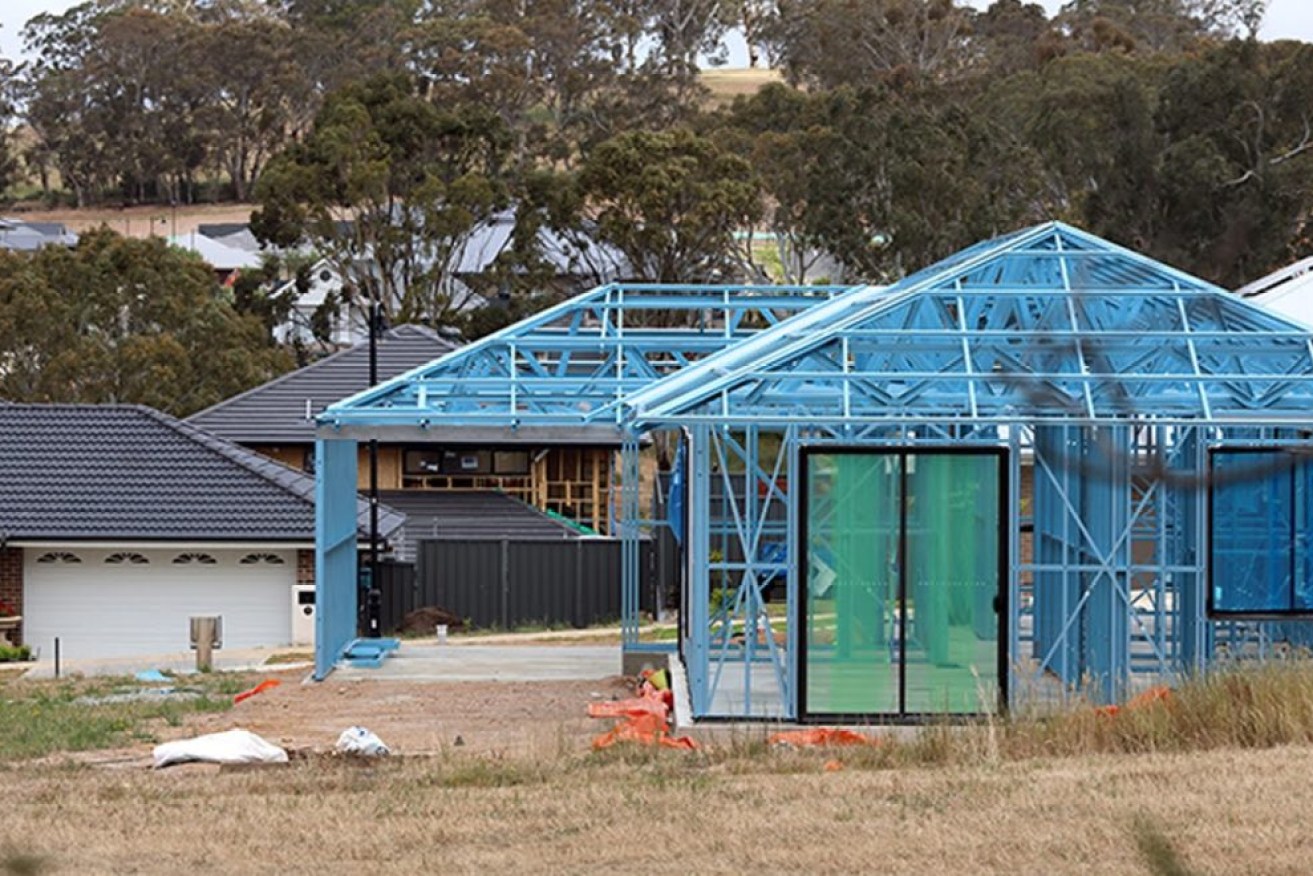SA building approvals fall despite record home building levels
A plunge in demand for new units and apartment projects in February has lowered SA’s building approvals, despite a record number of grant-fuelled approvals for detached homes.


Figures released by the Australian Bureau of Statistics yesterday show dwelling approvals rose 21.6 per cent nationally but fell by 3.4 per cent in South Australia – the only state to record a decline.
However, detached house approvals reached an all-time high in South Australia of 1239 during February as South Australians rushed to take advantage of HomeBuilder before its March 31 closure.
The overall SA figure was dragged down by the sluggish performance of units and apartments, which fell 45.3 per cent from 262 approvals in January to 143 in February.
Nationally, approvals to build private homes also struck a record high in February, jumping by 15.1 per cent to 13,939 houses and breaching the previous peak set in December last year.
“HomeBuilder has driven strong demand for new homes across the country,” Housing Industry Association chief economist Tim Reardon said.
“The record volume of work will see home building absorb workers from across the economy in 2021 and into 2022.”
The HomeBuilder scheme was introduced during the depths of the COVID-19 pandemic and late last year was extended to March, although the size of grants were trimmed from $25,000 to $15,000.
While it is now wrapping up, applications can still be submitted until April 14 and work has to start within six months of signing a new contract.
Master Builders Association SA CEO Will Frogley said detached house approvals were up 81.7 per cent in SA on the same time last year and 67.7 per cent over the past three months.
“The industry will be very busy for the remainder of the year but looking further ahead to keep builders and tradies employed there will need to be greater incentives for investors to build new homes,” he said.
Frogley said the high-density market had been struggling right across Australia since COVID hit but rebounded strongly during February, up 48.9 per cent nationally, which was driven by demand in the eastern states.
He said further incentives such as a stamp duty exemption would encourage building activity in SA beyond HomeBuilder and also help address the current severe shortage of rental properties.
“A significant number of immigrants live in apartments and units when they first move to Australia and new arrivals have virtually ground to a halt,” Frogley said.
“The big jump nationally in February is unlikely to repeat itself consistently over the next year.
“More likely is short-term volatility before a gradual recovery as immigration returns and the health risk of the virus subsides.”
Strength in home building adds to the current buoyancy in the national market, which has seen the biggest rise in house prices since 2009 and demand for mortgages at a record high with interest rates at record lows.
Financial regulators are keeping a watchful eye on developments in the housing market, although they say there is no cause for alarm at this stage.
The Reserve Bank’s monthly credit data, also released yesterday, showed a steady climb in owner-occupier loans.
In February, owner-occupier loans grew by 0.6 per cent to an annual rise of 5.9 per cent, the highest level since January 2019.
However, investor loans were up only up 0.1 per cent to a meagre 0.2 per cent on the year.
A separate analysis on the pandemic’s impact predicts at least 5000 businesses are likely set for closure in the next three months.
This follows the end of the JobKeeper wage subsidy and rules around trading while insolvent returning to normal, measures that kept alive thousands of firms that would have otherwise folded.
Credit reporting agency CreditorWatch chief executive Patrick Coghlan is not expecting the tsunami of insolvencies that was talked about last year, but argues companies need to be allowed to fail.
“It means companies that shouldn’t be operating aren’t pulling down the rest of the economy,” he said.
“We need to get back to at least pre-COVID administration levels and away from the synthetic environment we’ve lived in for the past 12 months.”
– with AAP




